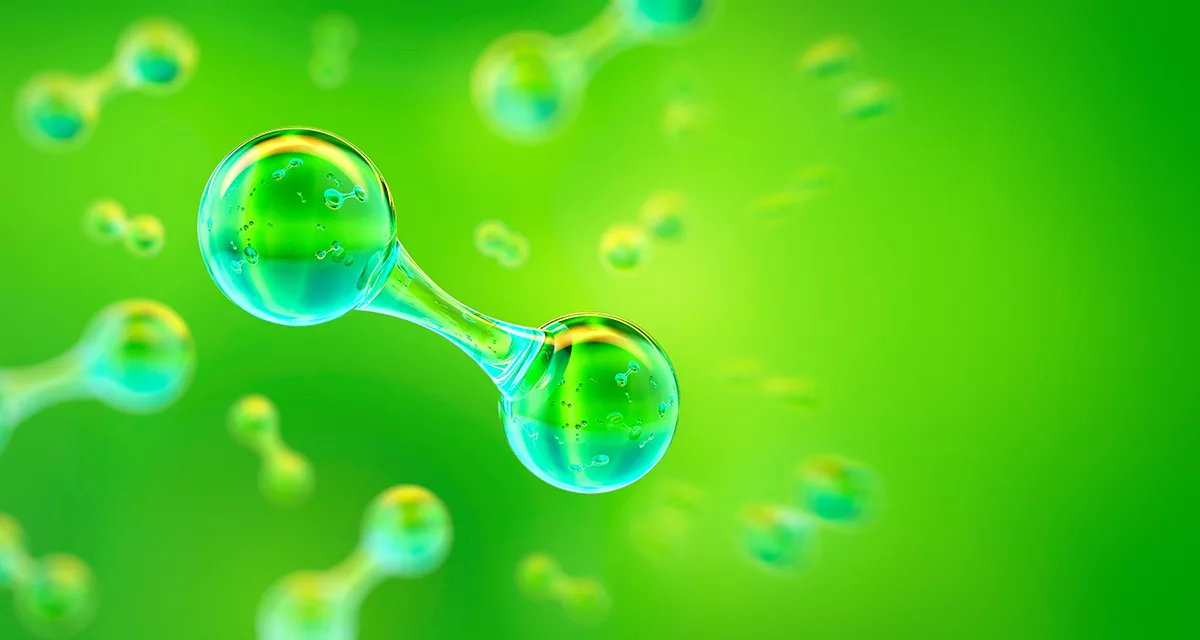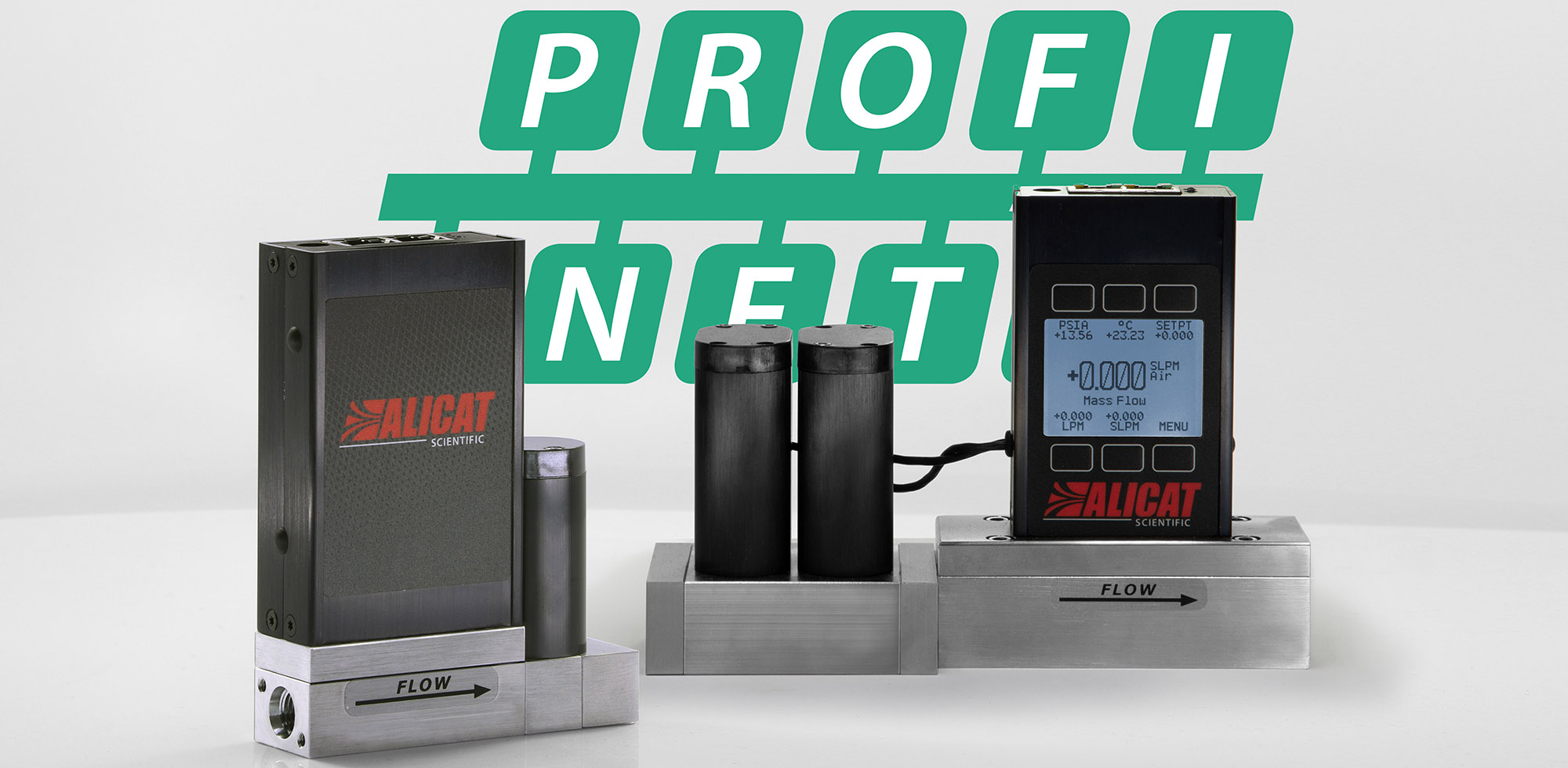
BASIS™ 2 electronic mass flow meters and controllers expand to 100 SLPM
BASIS™ 2 electronic mass flow meters and controllers expand to 100 SLPM Alicat™ Scientific releases higher-flow model of OEM-style BASIS 2 MEMS thermal MFCs and meters Tucson, Arizona – February 29th, 2024 Alicat Scientific added a higher flow range—now up to 100 SLPM —to its BASIS 2 line of low-cost MEMS-thermal mass flow controllers and […]


